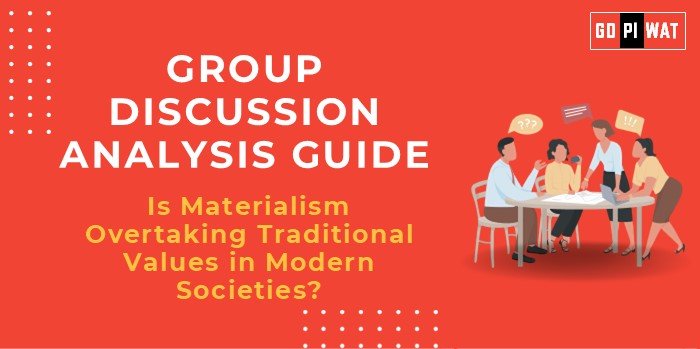🌍 Is Materialism Overtaking Traditional Values in Modern Societies?
📋 Introduction
“In an age dominated by consumerism, the delicate balance between material pursuits and traditional values has become a prominent societal debate. As urbanization and economic growth accelerate, traditional cultural practices face increasing challenges in modern societies.”
📊 Quick Facts and Key Statistics
- 💸 Global Consumption Expenditure: $66 trillion in 2023, highlighting the focus on materialism.
- 🧑🤝🧑 Cultural Heritage Loss: 30% of endangered traditions are linked to modernization (UNESCO).
- 📺 Advertising Spending: $820 billion globally in 2023, promoting consumerism.
- 🏙️ Urbanization Growth: 56% of the global population lived in urban areas in 2022.
👥 Stakeholders and Their Roles
- 🏛️ Governments: Develop policies balancing modernization and cultural preservation.
- 🏢 Corporations: Drive consumerism while supporting cultural CSR initiatives.
- 👨👩👧👦 Citizens: Choose between traditional practices and modern conveniences.
- 🎨 Cultural Organizations: Safeguard endangered traditions against globalization.
🏆 Achievements and Challenges
🎯 Achievements:
- 💹 Economic Growth: Materialism has spurred global GDP growth through consumer spending.
- 📈 Social Mobility: Access to material wealth has enabled upward mobility for millions.
- 🌍 Global Awareness: The global market promotes intercultural exchange.
⚠️ Challenges:
- 📉 Cultural Erosion: Urbanization leads to the decline of crafts and festivals.
- 🧠 Mental Health Issues: Materialism correlates with increased stress and reduced satisfaction.
- 🇯🇵 Global Comparison: Japan balances modernity with tradition through cultural integration.
⚖️ Structured Arguments for Discussion
- 🟢 Supporting Stance: “Materialism reflects progress and economic freedom.”
- 🔴 Opposing Stance: “Materialism undermines the ethical and cultural fabric of society.”
- 🟡 Balanced Perspective: “While materialism supports growth, overemphasis erodes cultural identity.”
💡 Effective Discussion Approaches
- 📊 Data-Driven Start: “The global advertising industry spends $820 billion annually, emphasizing materialism as a societal driver.”
- 🔄 Contrast Approach: “As economies grow, 30% of traditions face extinction due to modernization.”
- 📚 Case Study: “Japan exemplifies how urbanization can coexist with traditional values.”
📈 Strategic Analysis
- 🌟 Strengths: Economic growth, innovation, and global integration.
- ⚠️ Weaknesses: Cultural dilution and environmental degradation.
- 🌍 Opportunities: Blending traditional values with modern living.
- ⚡ Threats: Loss of intangible heritage and rising individualism.
📚 Connecting to B-School Applications
- 📊 Real-World Applications: Explore consumer trends and cultural impacts on business strategies.
- 🗨️ Sample Interview Questions:
- “How can businesses promote sustainable materialism?”
- “Can traditional values be a competitive advantage in global markets?”
- 🔍 Insights for Students: Understand the role of cultural sensitivity in marketing and consumerism.


